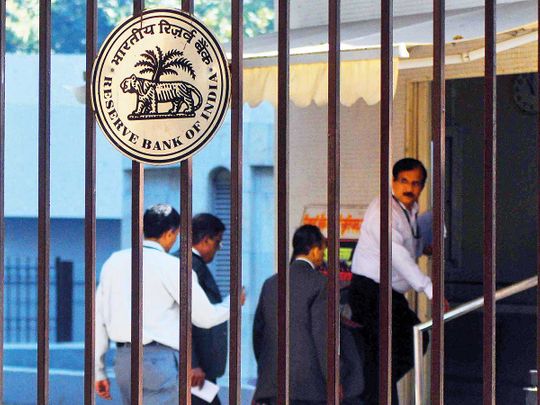
New Delhi: The Reserve Bank of India (RBI) has said that exposure of banks to better-rated large borrowers is declining, while signs of stress are being witnessed in the MSME and retail sectors.
Within the domestic financial system, credit flow from banks and capital expenditure of corporates remains muted, said a report by the central bank.
"While banks' exposures to better rated large borrowers are declining, there are incipient signs of stress in the micro, small and medium enterprises (MSMEs) and retail segments," said the recently released Financial Stability Report for July 2021.
Further, the demand for consumer credit across banks and non-banking financial companies (NBFCs) has dampened, with some deterioration in the risk profile of retail borrowers becoming evident.
Deterioration in asset quality
As per the report, macro stress tests indicate that the gross non-performing asset (GNPA) ratio of scheduled commercial banks (SCB) may increase from 7.48 per cent in March 2021 to 9.80 per cent by March 2022 under the baseline scenario.
In case of a severe stress scenario, the GNPA may rise to 11.22 per cent, although SCBs have sufficient capital, both at the aggregate and individual level, even under stress.
Further, the capital to risk-weighted assets ratio (CRAR) of scheduled commercial banks (SCBs) increased to 16.03 per cent and the provisioning coverage ratio (PCR) stood at 68.86 per cent in March 2021.
In his foreword for the report, RBI Governor Shaktikanta Das said that the sustained policy support along with further strengthening of capital buffers by banks and other financial institutions remain vital amid the Covid-19 pandemic.








